Lists



3 Books
Booklist
Sort by:
Recent Desc
More lists by Carly T



Watch Later?
List includes: Nikita, The Killing, True Detective
November 2020
0
@carlytimpson

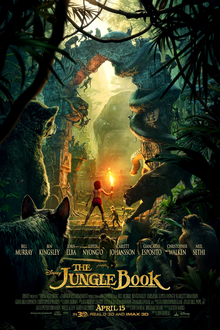
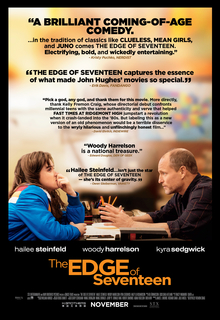
Wholesome (shhh)
List includes: The Parent Trap, The Jungle Book, The Edge of Seventeen
November 2020
0
@carlytimpson
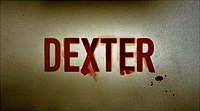


Criminality
List includes: Dexter, Bones, Person of Interest
November 2020
0
@carlytimpson



Feel Good Shows
List includes: Parks and Recreation, Bob's Burgers, Brooklyn Nine-Nine
November 2020
0
@carlytimpson
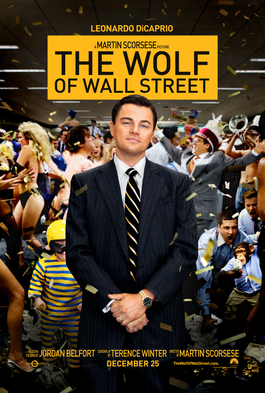


I Don't Know If I Like the Movie Or If It Just Has Hot Women
List includes: The Wolf of Wall Street, Atomic Blonde, The Spy Who Dumped Me
June 2020
2
@carlytimpson

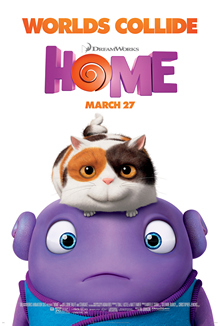
Soundtracks!
List includes: Guardians of the Galaxy Vol. 2, Home
June 2020
0
@carlytimpson